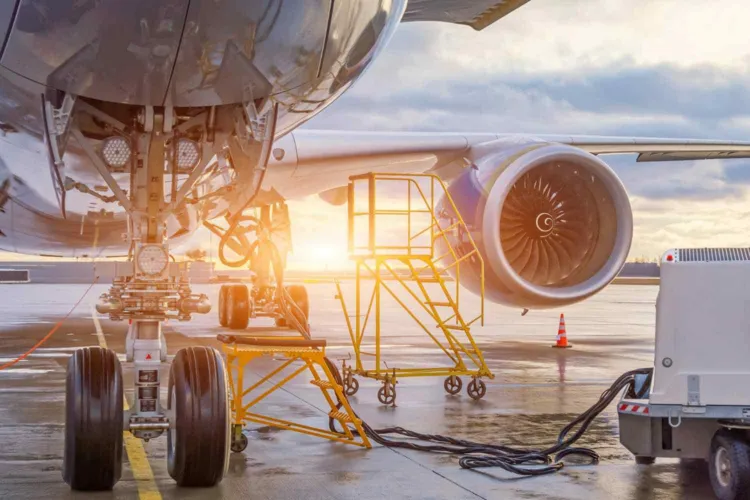Hydrogen is rapidly becoming a key part of Southeast Asia’s clean energy future. Currently, hydrogen demand in the region is about 3.2 million tonnes per year, mainly used in the petrochemical industry. However, future demand is expected to rise sharply as countries work to decarbonize their economies and boost industrial growth. The export market for hydrogen in Southeast Asia is projected to reach USD 51 billion by 2030 and could soar to USD 141 billion by 2050. This massive potential highlights why Southeast Asia Hydrogen Public Support is more crucial than ever.
A Surge in Southeast Asia Hydrogen Public Support
According to the 2024 Southeast Asia Climate Outlook Survey, support for green hydrogen among Southeast Asians increased significantly from 8.3% in 2023 to 13.5% in 2024. This jump is more than just a statistic—it signals a shift in mindset among consumers who are becoming more aware of the need for diverse, low-carbon energy solutions.

Source: Sharon Seah, et al., Southeast Asia Climate Outlook: 2024 Survey Report (Singapore: ISEAS–Yusof Ishak Institute, 2024); Sharon Seah, et al., Southeast Asia Climate Outlook: 2023 Survey Report (Singapore: ISEAS – Yusof Ishak Institute, 2023).
The survey, which included responses from 2,931 people across ten ASEAN countries, revealed that green hydrogen has now overtaken biofuels as a favored clean energy source. While solar energy remains the top choice (69%), followed by hydropower (41.8%) and wind energy (31.8%), the rise of green hydrogen shows its growing appeal and the region’s evolving energy preferences.
Southeast Asia Hydrogen Public Support: Drivers of Rising Enthusiasm
The increase in Southeast Asia Hydrogen Public Support is largely driven by better public awareness. Media coverage and the launch of national hydrogen strategies have played big roles in educating people about hydrogen’s benefits.
Many working-age respondents see green hydrogen as an opportunity to create new jobs and open doors for future economic growth. This connection between green hydrogen and job creation makes it even more appealing, especially in economies looking to move up the value chain and improve local employment rates.
Policy and Infrastructure Challenges
Despite the positive trend, there are still hurdles to overcome. The high cost of green hydrogen production, limited infrastructure, and competition from other renewable technologies could slow down its adoption. Without proper investment and supportive policies, the rise in Southeast Asia Hydrogen Public Support may not translate into real-world results.
Governments are encouraged to combine subsidies, carbon pricing, and pilot projects to create a stronger market for green hydrogen. Aligning national hydrogen strategies with public expectations is crucial for maintaining this momentum and building long-term trust among citizens.
Read Also: Backing Southeast Asia Climate Resilience Efforts to Save The Future
Aligning Strategy with Public Support
As Southeast Asia moves forward with ambitious energy transition goals, it is clear that public support will play a decisive role. The notable rise from 8.3% to 13.5% in favorability underscores the importance of involving the public in the discussion and keeping them informed about progress.
To sustain and further increase Southeast Asia Hydrogen Public Support, policymakers must ensure that the benefits of green hydrogen are clearly communicated and that barriers are addressed quickly and transparently.
Southeast Asia Hydrogen Public Support: Looking Ahead
Green hydrogen has the potential to transform Southeast Asia’s energy landscape, offering cleaner options and new economic opportunities. With strong Southeast Asia Hydrogen Public Support, the region is better positioned to meet its climate targets and build a more resilient, low-carbon economy. As more people recognize the value of green hydrogen, and as national strategies continue to evolve, Southeast Asia stands on the brink of a cleaner and more innovative energy future.
Read Also: Southeast Asia Climate Tech Support Spurs Green Gold Rush







